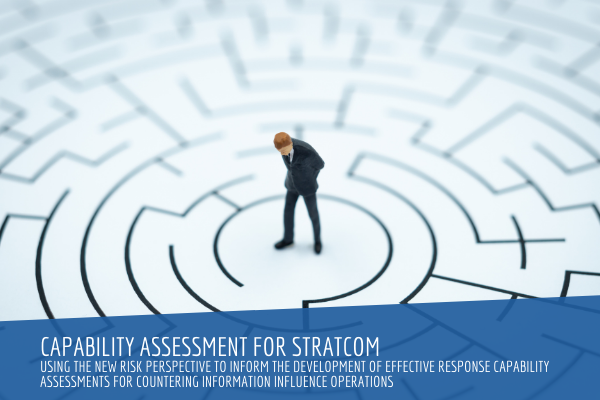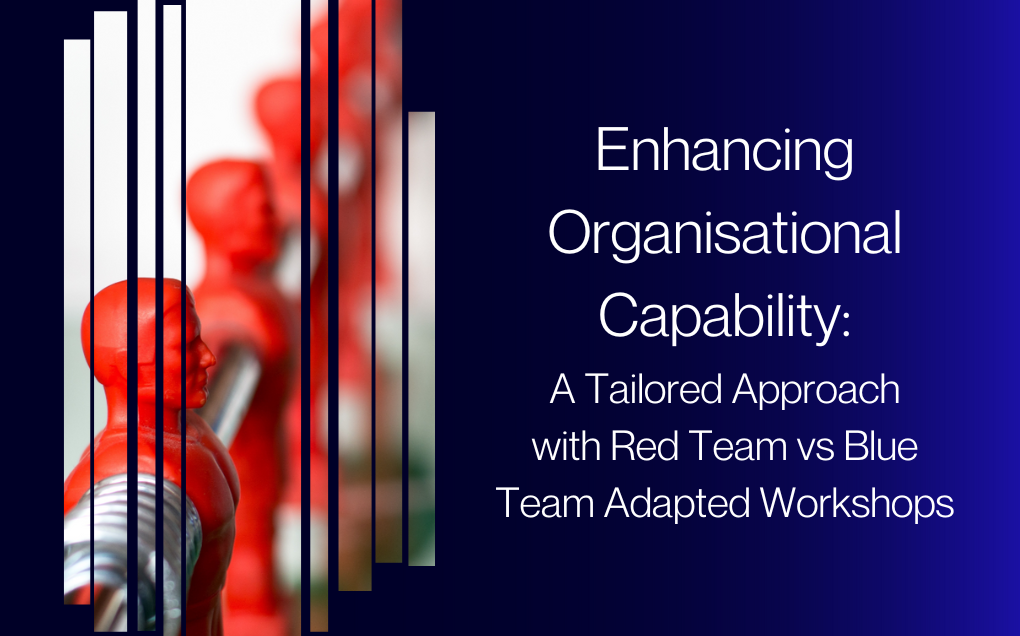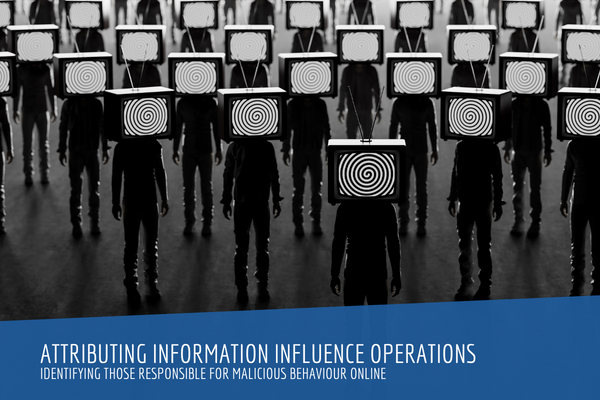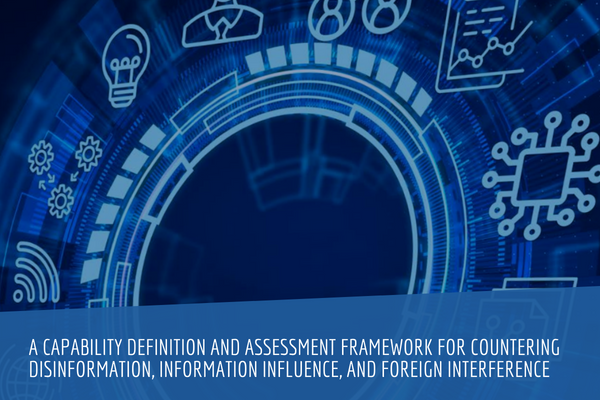Capability assessments have been a key activity within crisis and emergency management in the last decades. The purpose of these assessments is to support proactive decision-making concerning resource allocation for response preparedness. Traditional assessment models—the so-called indicator and index models—equate resources with capability; such assessments provide decision-makers with either a checklist of resources or a numerical representation that evaluates the resources available for a crisis response within a target range for acceptability.
While such models have proven utility in the business world, where production can be (more or less) planned, they are not well suited to crisis and emergency management where uncertainty plays a much larger role. The new risk perspective addresses this dilemma, suggesting a way forward for an assessment model that takes uncertainties into account, identifies the most effective response tasks and, in the absence of actual feedback and the wisdom of hindsight, provides the best possible information for making decisions regarding investments in capability.
The first part of this report describes response capability assessment—what it is for, what goes into preparing one, and why incorporating the new risk perspective leads to more useful information. The theoretical explanation will be illustrated with typical examples from the field of risk management concerning residential fires and the response capability of a local fire service. The second part of the report offers suggestions on how these concepts and ideas might be adapted for responding to IIOs. The report ends with concluding remarks, suggestions for further reading, and a glossary of terms.





